The maritime industry is complex, deeply traditional, and increasingly at the intersection of innovation and regulation. While often perceived as conservative, it holds enormous potential for transformation through technology and modern business practices.
My experience spans both ends of this spectrum. First in a fast-paced maritime SaaS start-up, and now within one of the most established maritime organizations globally. This dual perspective has offered unique insights into the opportunities and challenges facing the industry.
The start-up experience
In 2019, I joined a rapidly growing SaaS company that developed digital solutions for the maritime sector, often described as “Google Maps for the sea.” The company was filled with energy, innovation, and a strong sense of ambition.
Working in this environment was exciting, fast-moving, and client-driven. Every day was both a sprint and a marathon, requiring creativity, resilience, and adaptability.
A big percentage of our target audience was already using the free version of our product, which validated its baseline value. But they weren’t aware of how much more the premium version could do for them.
The task of product marketing, therefore, was to bridge that gap, highlighting practical benefits over technical complexity and aligning product features with customer needs.
However, the transition from innovative ideas to market adoption was far from straightforward. Maritime is traditionally relationship-driven, where trust is built slowly and long-standing practices are hard to shift.
The introduction of digital tools required more than a showcase of features. It demanded empathy, contextual understanding, and tailored messaging. We had to speak the industry’s technical language, show genuine understanding of their challenges, and carefully navigate them through change without pushing them away with technical jargon.
We refined our positioning, focusing on time savings, risk reduction, and operational efficiency while taking into consideration the jobs to be done before, during, and after a voyage. We used terminology that they were familiar with, and avoided drowning them in technical specs of the SaaS world that meant little to them.
The competition was fierce, but we had the privilege of being a brand-name (from the free version).
Users of the tool were happy to have a chat with us to learn more about using the tool and how they can drive more value. Some of them, I would say they were even enthusiastic about meeting the team working to build this tool. That was very inspiring and a great boost for us.
Through close collaboration with our product and account management teams and by actively involving early adopters from major Maritime brands, we developed strong customer narratives and use cases that resonated with the wider market.
We had some strong advocates at this stage as we had built the tool after these customers' feedback. Bit by bit, this built the credibility needed to scale adoption.
Eventually, the company was acquired in 2023, validating both the product’s value and the market’s evolving openness to digital innovation.
The established organization
After four years in the start-up world, I moved to a leading maritime organization with a long-standing global presence. If the start-up was a speedboat, this was an ocean liner, large, powerful, and built to last. The organization has a long history of shaping shipping and a strong reputation for its technical expertise.
With scale came a rich technical heritage. But transformation is equally essential here. The challenge was external but also internal. The company was transforming internally, and the market was changing fast. Two speeds – but more aligned in the rhythm (compared with the start-up).
I took a step back. Product marketing was something new for the organization. I had to introduce the discipline and showcase the value it can bring. Listening and trying to help the teams reach their goals is what has helped me build trust.
Product marketing is about helping the company hit financial goals, not creating fancy presentations. We will create fancy collateral, but this will mean that this is part of a carefully crafted strategic go-to-market plan.
At the other end (similar journey), the maritime stakeholders face increasing regulatory pressures, particularly related to decarbonization. Established players, like this organization, are expected to do more than uphold standards; they must guide the industry through change.
Provide advice that can be trusted and which, when implemented (without delays or financial loss), will bring the benefits that have been promised.
This is where product marketing plays a pivotal role, even in a trusted brand. A strong reputation does not eliminate the need for strategic positioning, tailored messaging, and targeted campaigns.
My current focus is on building clear value propositions that connect legacy services with emerging digital tools and consultation.
The goal is to ensure the market understands the full spectrum of support available, not just through traditional services, but through forward-looking innovation that addresses today's most pressing operational and regulatory challenges.
Key learnings from both worlds
Across both experiences, one lesson stands out: empathy is essential. Messaging must be sharp, relevant, and grounded in a deep understanding of industry’s challenges.
Product marketing must act as a translator between technical development and business value, helping internal teams shape offerings that meet real-world needs and communicating them in a way that builds trust.
Some companies are taking bold steps, building their own digital tools or establishing internal teams focused on energy transition. Others invest in partnerships with tech providers and third-party consultants.
And still others remain cautious, unsure what solutions to adopt or whether they are worth the investment. Product marketing must address this uncertainty by delivering clarity, relevance, and proof.
It’s not about selling tools. It’s about solving problems.
Looking ahead
The maritime industry is undergoing one of its most significant transformations in decades.
Emerging environmental regulations, especially those focused on emissions reduction, are reshaping the maritime landscape. Stakeholders are under pressure to act, and they need partners they can trust. The need for practical and efficient solutions has never been greater.
Whether in a nimble start-up or a global organization, the role of product marketing is to drive understanding, adoption, and impact. It requires technical fluency, strategic insight, and above all, the ability to connect authentically with stakeholders.
Today, I see more alignment between technology and maritime needs than ever before. There are hundreds of companies out there that are promising to solve the problems the Maritime industry is facing.
I am sure that most of them can solve these problems. But adoption still depends on education, trust, and demonstrated value. This is where product marketing shines, at the intersection of business insight, market empathy, and storytelling.
After more than six years in this sector, I remain inspired by the progress and energized by the challenges ahead. The work is not easy, but it is meaningful.
Helping shape the future of maritime through thoughtful, empathetic marketing is both a responsibility and a privilege. I feel proud to contribute, in my own way, to an industry that is both historic and on the edge of profound change.


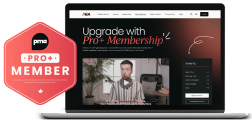

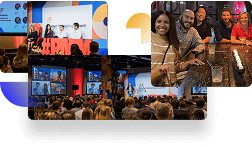
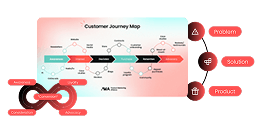
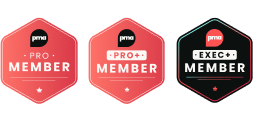

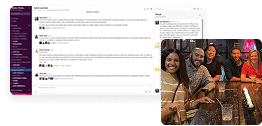
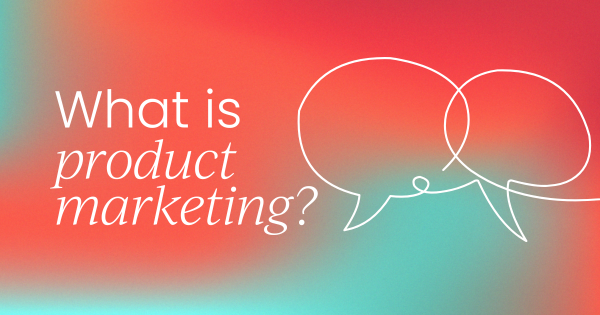
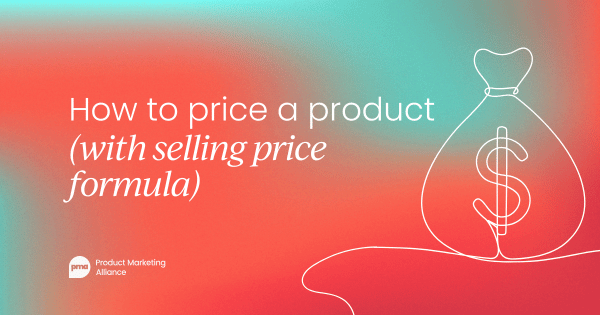
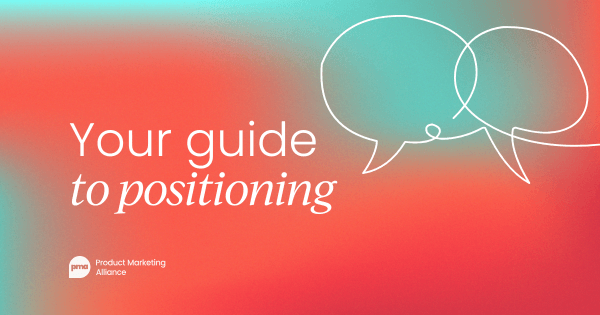
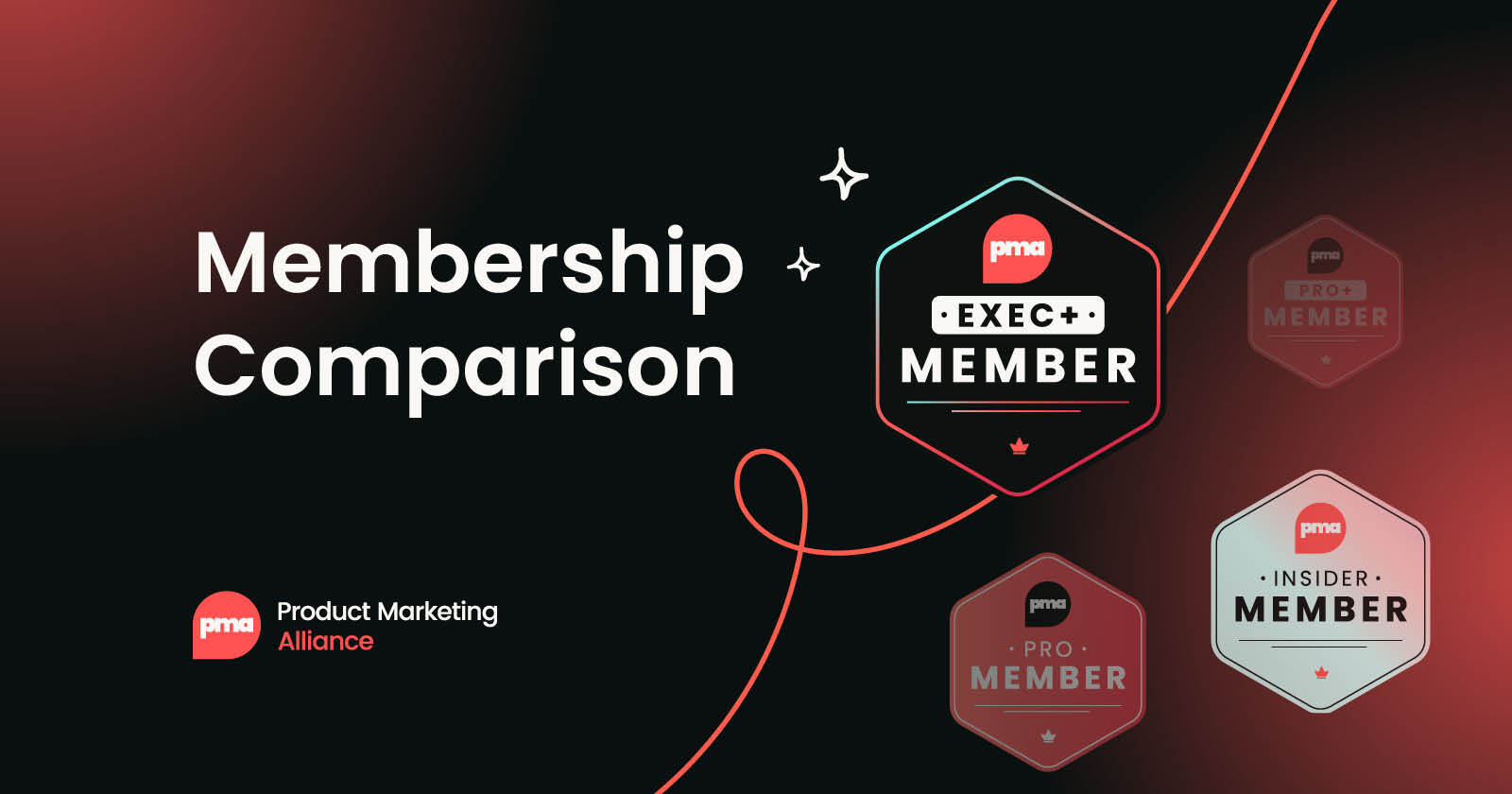
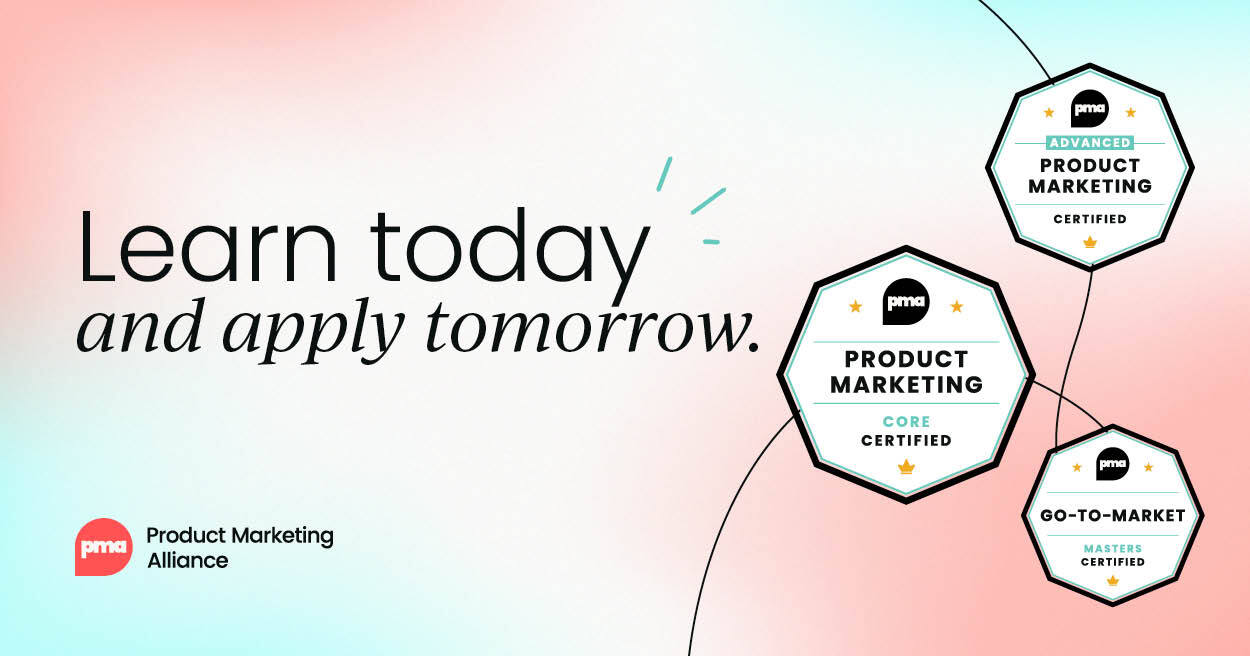
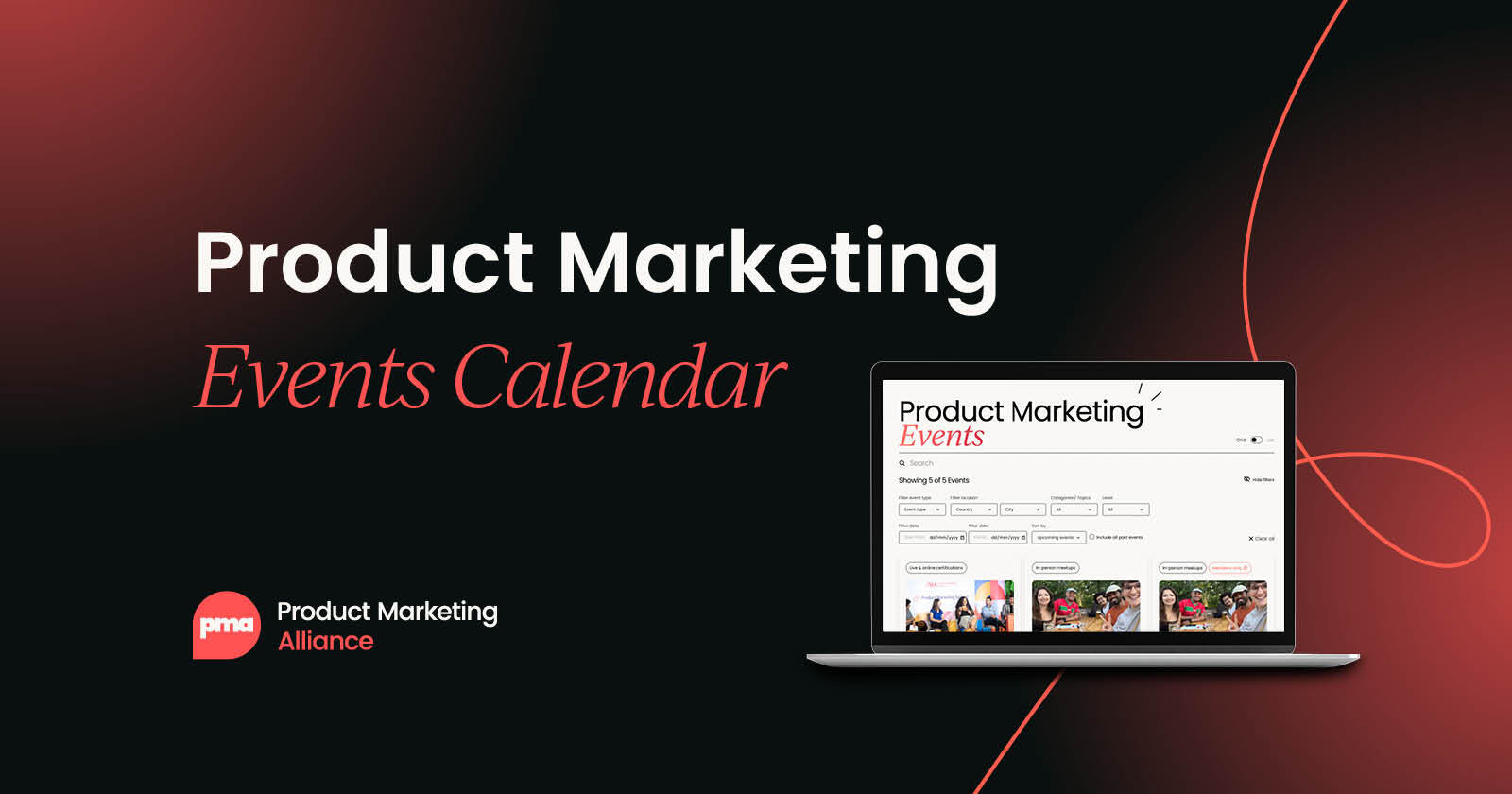
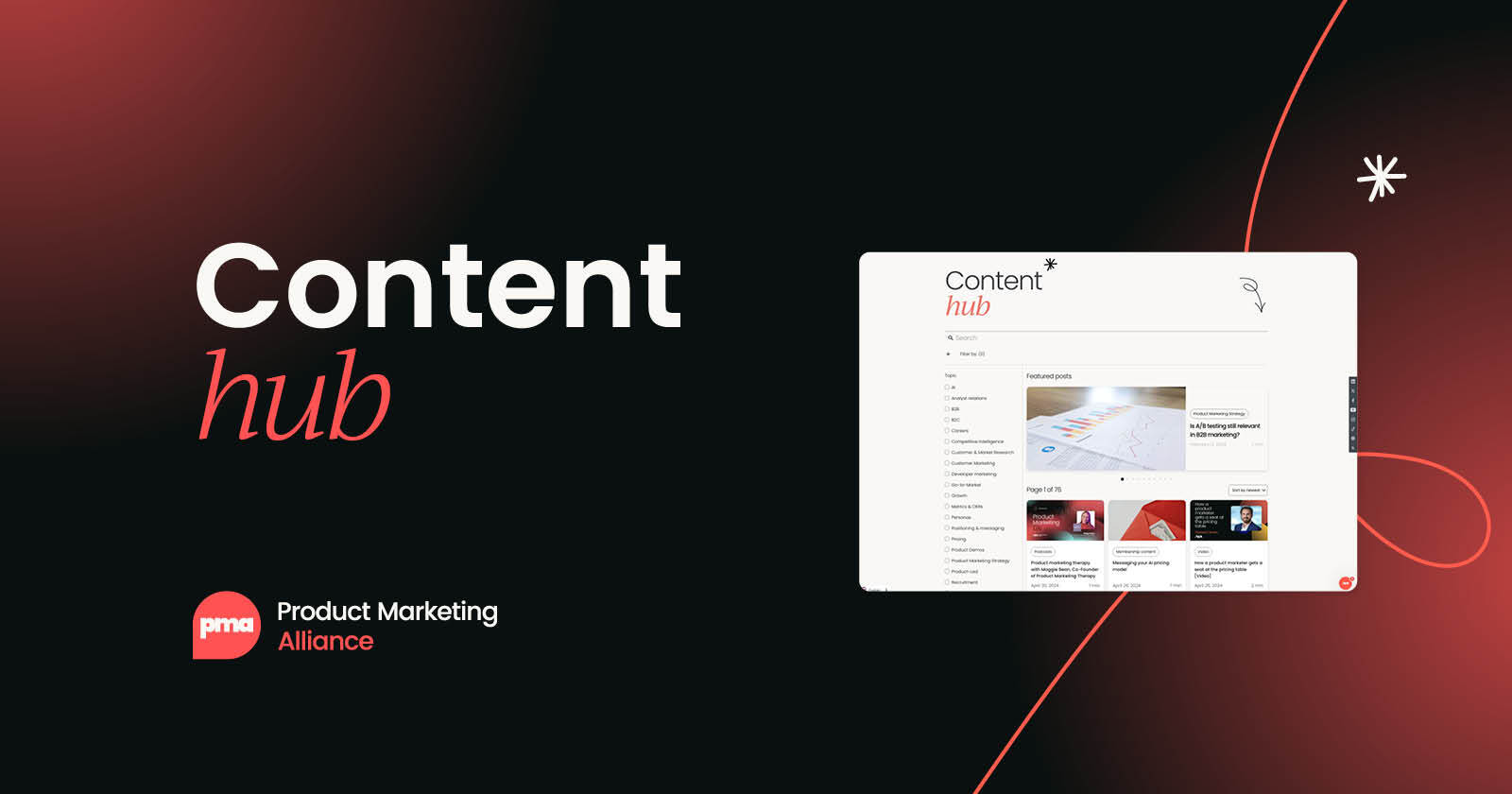

 Follow us on LinkedIn
Follow us on LinkedIn

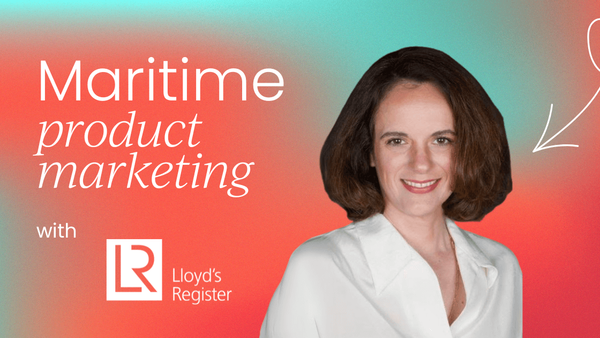


.svg)
Start the conversation
Become a member of Product Marketing Alliance to start commenting.
Sign up now